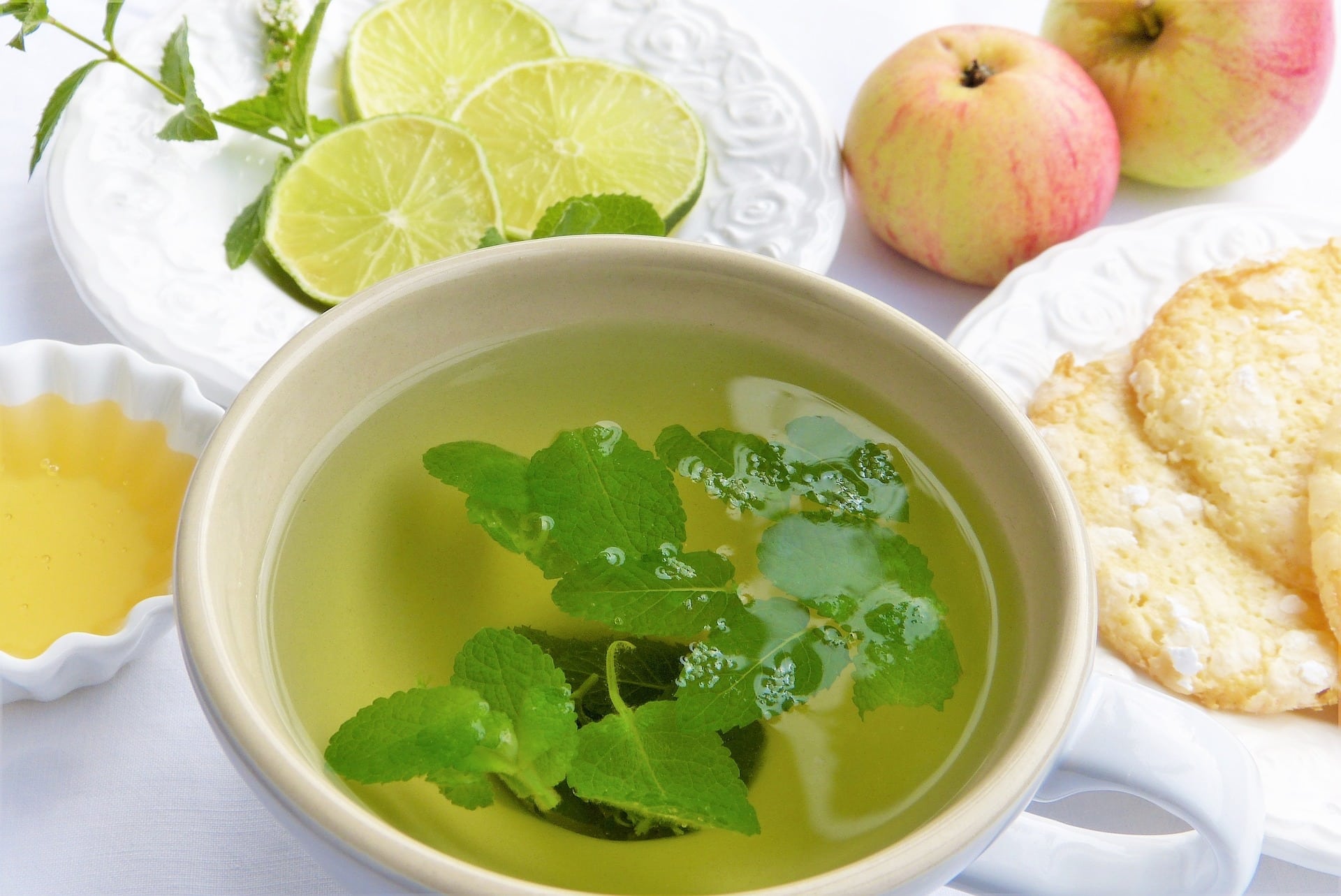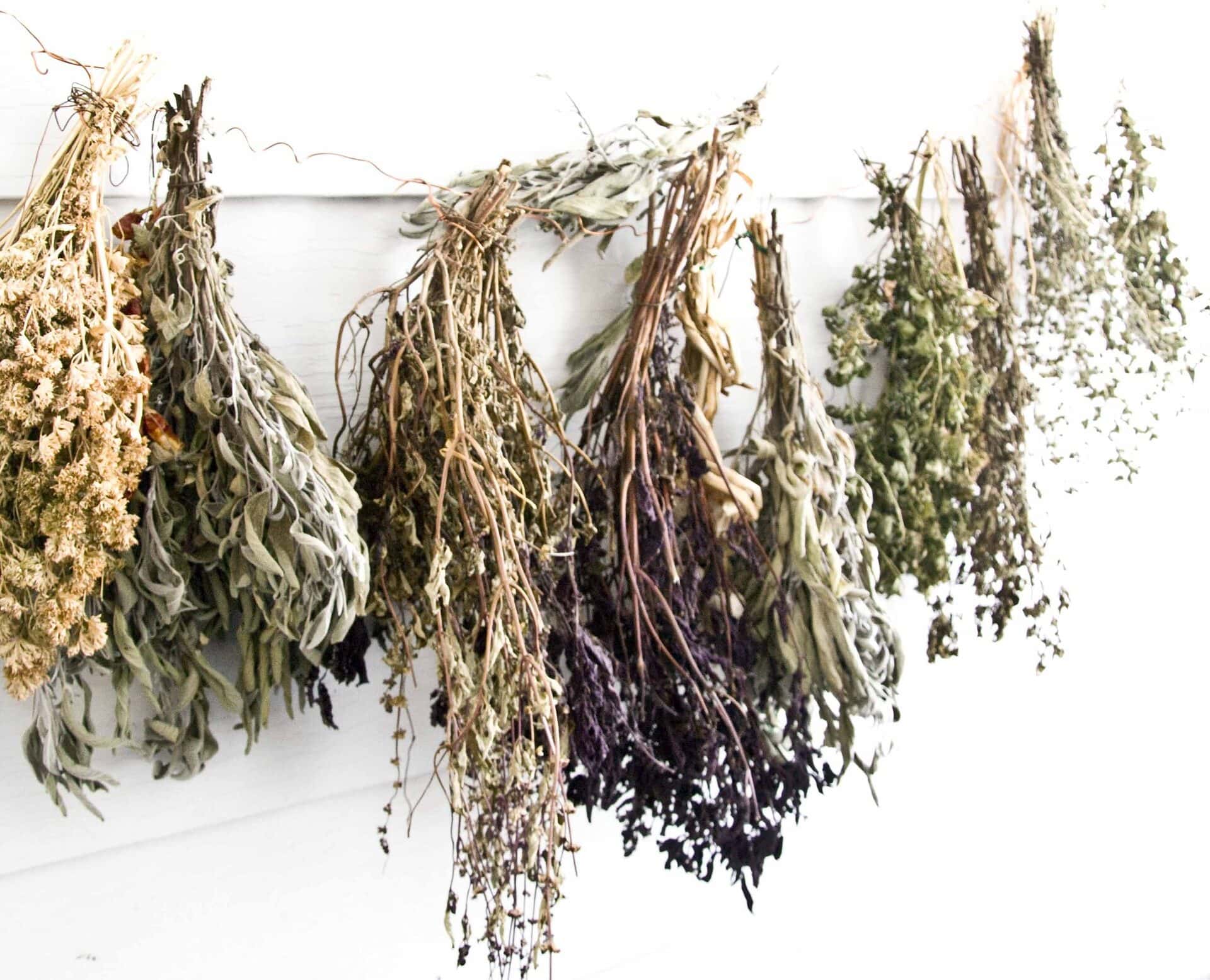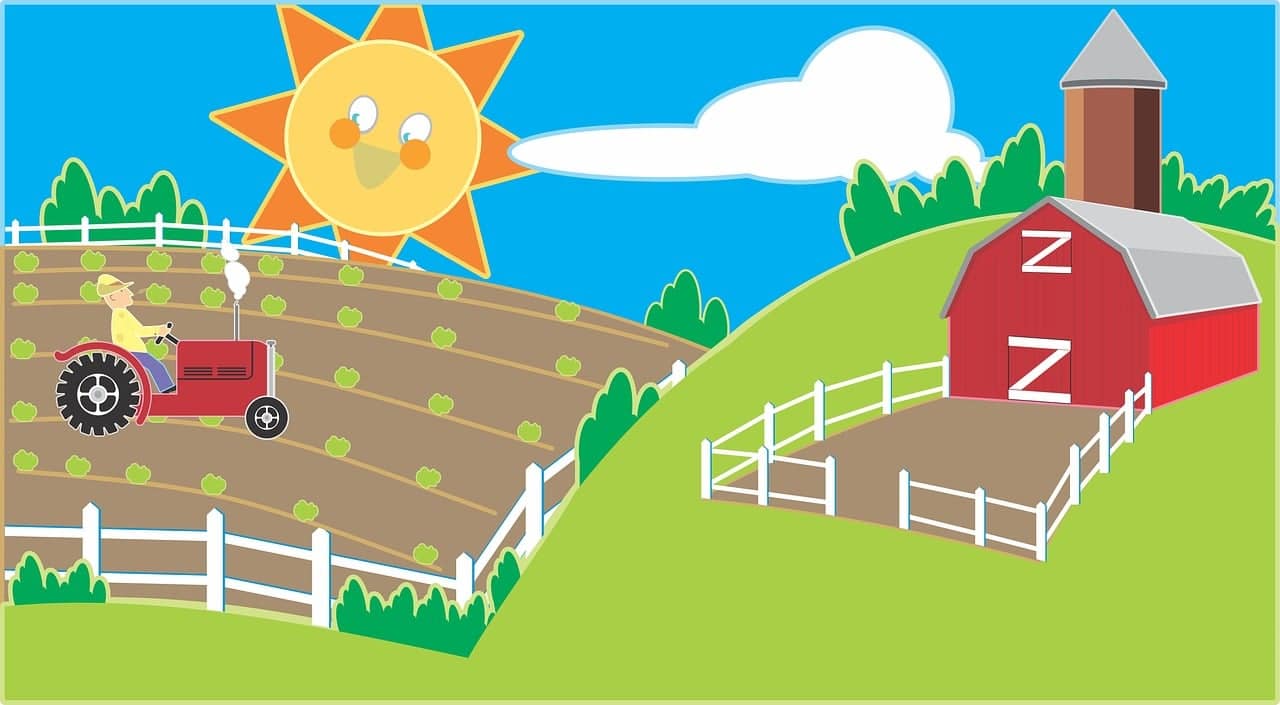This post may contain affiliate links. Probably doesn’t, but it might. It doesn’t cost you anything extra but if you use these links to buy something, we may earn a commission.
You already know that fresh herbs are great for boosting your recipes and adding flavor and aroma. It is possible to use many of those same herbs for health benefits as well. We will look at some of the basic ways that a beginning herbalist can use herbs with some classic methods: teas, tinctures, and salves.
Table of Contents
Which herbs are for medicinal use?
All of the herbs have medicinal as well as nutritional benefits. All of the culinary herbs have medicinal uses as well. Many of the medicinal herbs are also beneficial in the garden as pollinator attractors.
As an example, let’s look at oregano. Oregano has been used for skin sores, aching muscles, asthma, cramping, indigestion, and cold. Wow! What a great way to boost overall health as well as to address specific issues, plus it is a great herb for culinary purposes. Scientists are studying oregano to determine how well it fights bacteria, relieves inflammation, regulates blood sugar, and helps fight cancer.
Another example: rosemary is a symbol to remember others and is popular in culinary uses, but rosemary also helps your brain function. Rosemary is an anti-inflammatory and anti-bacterial herb that helps many gut issues. Looking for a boost for your immune system? Rosemary helps fight colds. Fabulous flavor plus good for your health!
Some herbs are used primarily for medicinal purposes.
Since the advent of modern pharmaceuticals, people have not used natural remedies as much as in prior centuries. However, the possibilities are still there in the plants!
Asclepias, also known as Butterfly Weed or Pleurisy Root, shows this progression from medicinal to decorative plant. It used to be called Pleurisy Root because asclepias was used as a decongestant, an expectorant, and for bronchitis, coughing, and asthma symptoms. The dried leaves can be smoked of brewed into a tea. Asclepias was also used to treat indigestion, stomachaches, and constipation, as well as pain and inflammation association with menstrual cramps. This plant also helped treat fevers in young children by inducing sweating, which helped reduce the fever.
Now, asclepias is prized as a Native Perennial and its attractiveness for pollinators, hence the name Butterfly Weed. It is far less common for asclepias to be used for its medicinal benefits.
In contrast, chamomile is still used for its soothing effects as a sleep aid. Echinacea is well-known as a supplement for helping to fight colds, although it is equally prized for its flowers in the home garden. Ginger and mint are both easy remedies to help with nausea, as well as boosting flavor in recipes.
What are different ways you can use herbs for medicinal purposes?
Herbs can be used as–
-
- Supplements: dried, ground, encapsulated.
- Teas: using the leaves or flowers in hot water to create a drink.
- Tinctures: creating a liquid extract by soaking the herbs in alcohol or a solvent such as vinegar or glycerin, resulting in a concentrated liquid that can be taken orally to treat various health conditions.
- Salves: a topical ointment made by combining herbs with a base such as beeswax and/or coconut oil, usually for a specific purpose such as soothing skin irritation or promoting healing of cuts and bruises.
- Lotions: a liquid formulation designed to moisture the skin, combining water, oil, and other ingredients such as aloe vera gel and/or essential oils.
- Compound: a blend of various herbs, typically used for medicinal therapeutic purposes, using the petals, stems, or roots of different plants.
How to make an herbal tea

A dried herb mixture of your choice, such as chamomile, peppermint, ginger, or lavender. You can also use fresh leaves. Use about ¼ cup of crushed leaves.
Tea strainer or infuser
Boiling water
Honey or lemon (optional)
Fill the tea strainer or infuser with 1-2 teaspoons of the dried herb mixture, place in a teapot or mug. Pour boiling water over the tea strainer or infuser until the mug or teapot is almost full, Let steep for 3-5 minutes. The flavor intensifies the longer the tea steeps. Remove the tea strainer or infuser. Enjoy as is or add honey or lemon to taste.
Note: the steeping time and quantity of herb mixture used can vary depending on the type of herbal tea you intend to make.
What is an herbal tincture?

Herbs can be made into tinctures which capture the potency of the herb’s benefits.
A simple way to make a tincture is to rub or pound the herb leaves on a cutting board. Pour vodka or any clear drinking alcohol into a dark glass bottle (you want to keep light out). Add the cut and bruised herb strips. Put the cap on, shake for a minute, then store for 6-8 weeks. Shake it once each week. Strain the herb leaves out and then store the tincture. The alcohol suspends the oils and essence of the herbs into its solution. It has a shelf life of approximately one year.
You can add a drop to your food or drink, or place a drop straight under your tongue. You can use any herb to create tinctures.
Using oregano, rosemary, or any other herb medicinally will push you to learn a lot. Plus, you get to create your own herbal therapy.
How to make a salve from calendula flowers
You can make a soothing skin salve from calendula flowers with only four ingredients.
1 cup dried calendula petals
1 cup of olive oil or enough to cover the petals
¼ cup grated beeswax
¼ cup coconut oil
Place 1 cup of dried calendula petals in a clean, dry jar. Pour enough olive oil over the petals to cover completely, stir to combine. Cover with a lid and place in a sunny area or near a window where it will get ample sunlight. Let the mixture sit for at least 2 weeks, shaking the jar at least once per day. After 2 weeks, strain the oil through a cheesecloth or fine mesh strainer into a large bowl. Squeeze out as much oil as possible from the petals,
In a double boiler or a heat-safe bowl set over a pot of simmering water, melt together 1 cup of the calendula-infused olive oil, ¼ cup grated beeswax, and ¼ cup of coconut oil. Stir the mixture until everything is melted and well combined.
Carefully pour the mixture into small clean jars or tins and let it cool completely. Your homemade calendula salve is now ready to use! It can be used as a natural remedy for skin irritation, minor cuts, and burns. Store the salve in a cool, dry place for up to 6 months. Other popular herbs for salves include lavender, yarrow, and lemon balm.
Summary

Drying herbs is pretty easy. Hang the bundle of herbs upside down attached to a string in a dry area out of direct sunlight. After 2-3 weeks, the herbs are dried and can be stored in a jar with a lid. Use as needed. Herbs have so many benefits for people’s health, for gardens and pollinators, and for culinary creations that they are an essential part of every home garden. You can then use your herbs for culinary or medicinal purposes. Above all, have fun and enjoy your herbs!
Not sure how to grow those herbs you want? Check out our herbs course for all the details on how the we as farmers grow herbs, with as little work as possible (our to-do list is longer than the time available slot!) and for maximum results
About Highland Orchards: Completely surrounded by suburbia, our small farm has been growing beyond expectations since 1832, just north of Wilmington, Delaware. Growing a wide variety of fruits, vegetables, herbs, and flowers, Highland Orchards provides true “farm fresh” for the community all year. If you want to shake the hand of the farmer who grows for you, here is the farm! With plants in the ground or under cover in tunnels, we grow for every season. A family farm, we have three different generations involved in running the farm right now.
Come see us to eat fresh, eat local, and eat well.
About Ruth: I am the 6th generation of my family to farm here at Highland Orchards in Delaware. I grew up here, learning from my grandparents and parents how to plant, weed, harvest, and store fruits, vegetables, herbs, and flowers. My graduate degree is in history, so I love to research anything and everything. I have taught at all levels, including university and continuing education. I have done everything on the farm, from planting to selling to social media. I love that I can share knowledge with people through books, blogs, and courses
Additional resources:
Olive oil and coconut oil are pretty straightforward to find, but beeswax is a bit more challenging. Ask Google for your state or county beekeeper association, such as https://www.delawarebeekeepers.com. They can probably refer you to a beekeeper who has harvested some beeswax. If you ask Google for “beeswax near me,” several sources will show up, including ones that can ship to you. Make sure the beeswax can be used for skin or lip balm.
If you want to dive deeply into herbal medicine, you should take courses to become a certified herbalist. The Herbal Academy has blogs, workshops, and courses on all aspects of herbal medicine.





